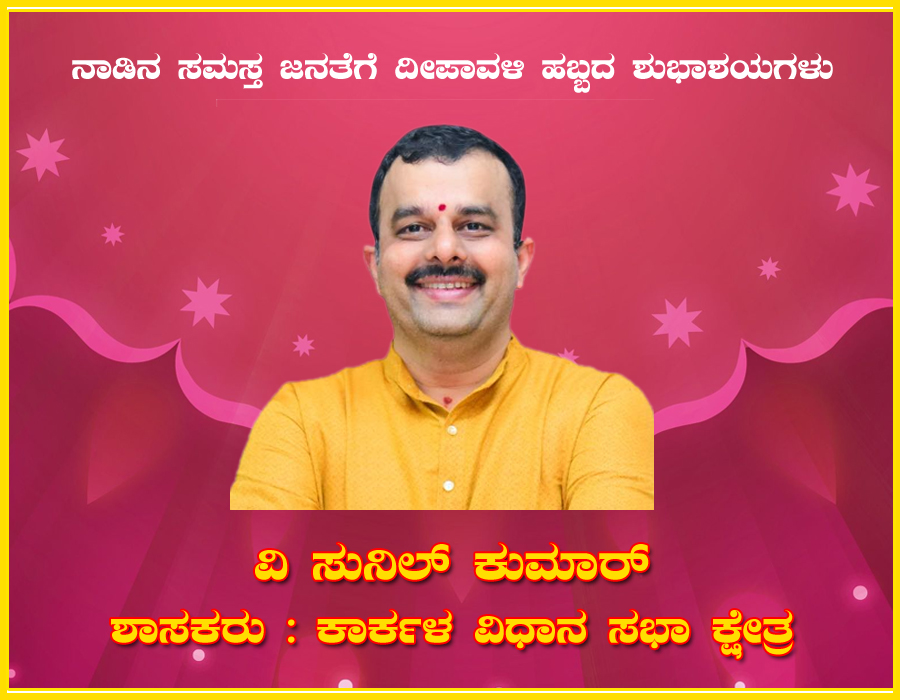Mangalore City for you.
8:09 PM, Friday, June 25th, 2010All our interest news readers and followers know very well when it is raining. The roads are so bad, muddy, half concretized and half rural –looking dirty roads with wobbling or (yes) speeding buses passing to and fro so many times in MCC limits, with Mayor Rajni Dugganna in a brand new Innova Car and people walking under umbrella or covered by raincoats. The best time to visit Mangalore (Manjarun, Kudla, Kodial or Mangaluru as people call them) is after the Monsoon in autumn and even winter both seasons being festival and merry time seasons.
The coastal Mangalore city is growing, like a wistful large tall tree with a thick trunk and fat branches full of leaves like the Aswatha (or Bodhi) tree, but there is ample place to build more houses in many vacant areas in a small petite way such as a friendly colony, a little away from the central parts of Bunder (old harbour), Hampanakatta, Kadri, Kankanady, Jeppu, Ullal, Thokkottu, Konaje, Bikarnakatte, and Bukkapatna, besides some more areas which are fairly congested. Satellite towns are possible and the lovely city, described by a Danish business person (from Denmark) as better than the present overgrown, obesity prone Bangalore city after living in both places since 2 decades. The Danish backeries and Halal foods have come in from Prince Hamlet’s home town (Denmark) to India, like French breads here.
There are terrible builders from Punjab and Maharastra (Mumbai) coming down here to construct large, high residential Towers of “one shop” like town ships with ground – level shopping centres and basement shops or surrounding markets all in one place. The Mahatma Gandhi road is the latest creation of a dream city with Karnad Sadhashiva road boasting of commercial malls of Jewellery, home needs bakery items and big bazaars for a large neighbourhood served by private city buses. Life has changed in Mangaluru, says an advertisement on Light house hill climber where you can watch Arabain (or West Coast) sea waves roll on to several beaches and rivers join the sea while Mogaveeras fish on country boats with Nylon nets and ships pass by from Panambur (New Mangalore) port near Kuloor to Kerala’s Kochi for next anchoring.
Mangalore is now standing on the edge of several Universities (Konaje, Yenepoya, Shrinivas) deemed Universities (M.V. Shetty, A.J. and Unity Health Centre) and autonomous Universities (St, Aloysius, at Hampankatta and Beera) teaching health sciences, engineering sciences, computer sciences, the arts of painting, cooking (hospitality), a fisheries University in Hoige Bazaar and so on, This is not all. We have industrial estates for diploma holders in Karangalpady, Baikampady, Maroli, Shaktinagar, Deralakatte (tiles, timber etc.) and offices for degree holders (MRPL, Infosys, Banks, LICI, Imports / Exports, Shipping) and a stock exchange for investors and brokers. There is a Kanara Chamber of Commerce & Industry near the Bunder, where Campco (arecanuts and cocoa dealers), Beedi-making Mansions in Kodial bail, and Jewellers all over the main parts of the city.
Mangalore city in Dakshin Kannada district has airport terminal, Railway terminal, private bus services / tourism terminal and national highways connecting South and North India. There is more but we will see later.
Turn to Mangalore harbour Greek, Italian, Portuguese ships used to come here anchoring in the sea and people coming in for trade and social relationships since Greek times 2,000 years ago, many foreign travelers (European /Asian) have recorded their sight seeing experiences, as in a dream . Many kings have ruled and gone queens (Abbakka, Mangaladevi) have also lived here and passed away – music, dancing, fine arts, literature and films have flourished here. Several best kind of cultural assets are still alive in modern times. Several colonist adventures have taken place in and around, Gao to the North and Nileshwar to the South in the area called Kanara.
Apart from the architectures of kings of Indian origin (Ashoka, Alupa, Vijaya Nagara, Hyderali and Tippu) and foreign origin have left their cultural and rock cultural imprints on DK / Mangalore.
The Mangalapuram (to Keralites) or Kudla (Tulus), Kodial (Konkanis) or Manjarun (Arubs) city is the capital of Dakshin Kannada district, where fishing as an whole some Industry thrives with raw materials (nets, boats, wood etc). Tthere are several other sights of Tourist interest like beaches (Ullal, Someshwara, Panumbur, Bengre and Tanneer Bavi etc), temples (Kadri, Kudupu, Bolar etc), churches (St. Aloysius, Rosario and Milagres, St. Theresa, Jeppu Sominary etc) and natural scenery places for relaxation (Kadri Top, Lighthouse hill, Gurpur road etc).
To entertain and please our readers who visit Mangalore, we need more information on vegetables, fruits, police departments, offices, Mp/ MLAs, besides hospitals, buses, airways, boats, taxis, factories and others to list out.
Simillar Posts
Warning: count(): Parameter must be an array or an object that implements Countable in /home/megamcaq/public_html/wp-content/plugins/post-plugin-library/common_functions.php on line 357
- None Found
Leave a Reply
© Copyright 2008 www.megamedianews.com All Rights Reserved. Privacy Policy








 Posted in
Posted in  Tags:
Tags: 






